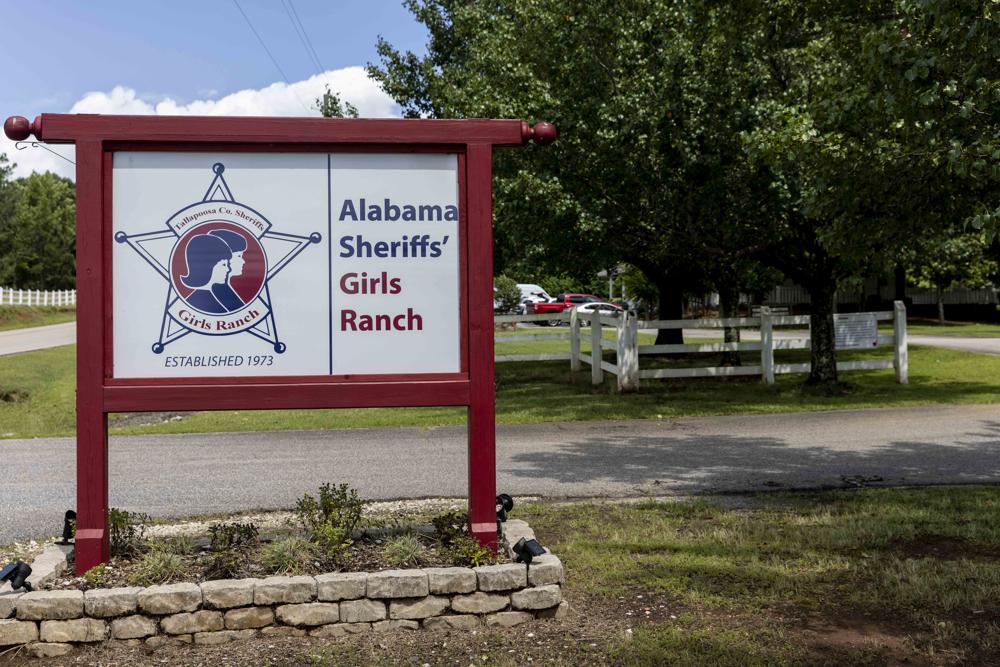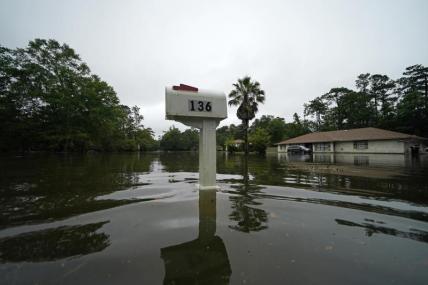Greenville, Alabama car accident claiming 10 lives, highlights America’s broken child welfare system
OPINION: While we champion the work of the Tallapoosa County Ranch, we would be remiss to ignore the systematic disenfranchisement of Black and brown children

The recent tragedy that struck Alabama’s Tallapoosa County rang depressing bells across the nation. What is reported as an unfortunate multiple-car accident on highway 65 claimed the lives of 10 people, nine being young children ranging from nine months to 18 years old. Eight of the victims lived at Tallapoosa County Ranch, a nonprofit organization dedicated to caring for needy, neglected or abused children.
This terribly unfortunate incident reminds us of the fragility of life, and if we can understand the gravity of such a loss, then we must also ensure lives are protected and valued systematically. However, all too often, tragedy for Black and brown people is compounded by a double tragedy. In this instance, not only were precious children’s lives lost, they, like so many Black and brown children, were more than likely minority victims of America’s broken and racially bias welfare system.
Considering the intersection of race, poverty and the welfare system, we simply cannot ignore a much deeper and systemic issue. In an American society created to uphold powers of whiteness, all facets of that system are inherently flawed. Unfortunately, even our youngest and most innocent are not immune.
According to datacare.com, Black and brown children are disproportionately represented in America’s foster care system compared to White children. Additionally, historical race and poverty bias exacerbates this problem by increasing these children’s likelihood to experience abuse, neglect, victimization, and negative educational outcomes.

The poverty and demographic makeup of Camp Hill, Alabama, where the Tallapoosa County Girls Ranch is located and a centralized area of Tallapoosa County, has a total population of 1,101 people. Within this area 91.4% of the residents are Black in the Camp Hill area and the city averages a poverty rate of 43.9%. For context, Tallapoosa County has a total population of about 40,000 residents and with a 20% poverty rate. Simply put, the Ranch is located in a small area within the county composed of poor, minority residents.
These stats highlight that the Ranch is a home to minority children in the surrounding area affected by the strong poverty rate cascading through the Camp Hill area. In general, Black and brown children are disproportionately affected by poverty in comparison to White children. American Progress reports that while children of color represented less than half of the total U.S. child population, minorities represented 69.1 percent of children living below the poverty line in 2019.
Because the welfare system is so undergirded by socioeconomic status, this leads to a devastating and traumatic predicament for Black and brown children, who are oftentimes not provided with the same comprehensive services as White children.
This is unfortunate, but no surprise when considering the trajectory of children in poverty. Children affected by poverty tend to experience more trauma, suffering and disadvantages. According to The Children’s Defense, impoverished children are more likely to lack academic achievement, become high school dropouts, become unemployed in their adulthood, experience economic hardship and be involved in the criminal justice system.

While we can thank the Ranch for assisting in reducing the number of children exposed to these statistics, we can’t overlook the cheek turned away from Black and brown children suffering in America’s system — one which is not set up to their benefit.
While we champion the work of the Ranch, we would be remiss to ignore the systematic disenfranchisement brewing under the surface that fails these groups of Black and brown children. As we mourn the loss of these young victims, consider their lives before the accident—and what could be done to decrease systemic racism and the minority poverty statistics that serve as an undercurrent bolstering the inequality in the welfare system.
Now is the time to uproot the vicious and unjust systemic foundation of inequality devastating Black and brown communities. It is only when we challenge the power structures that children of color will be afforded access to a fulfilling life.
Have you subscribed to theGrio’s new podcast “Dear Culture”? Download our newest episodes now!
TheGrio is now on Apple TV, Amazon Fire, and Roku. Download theGrio today!


